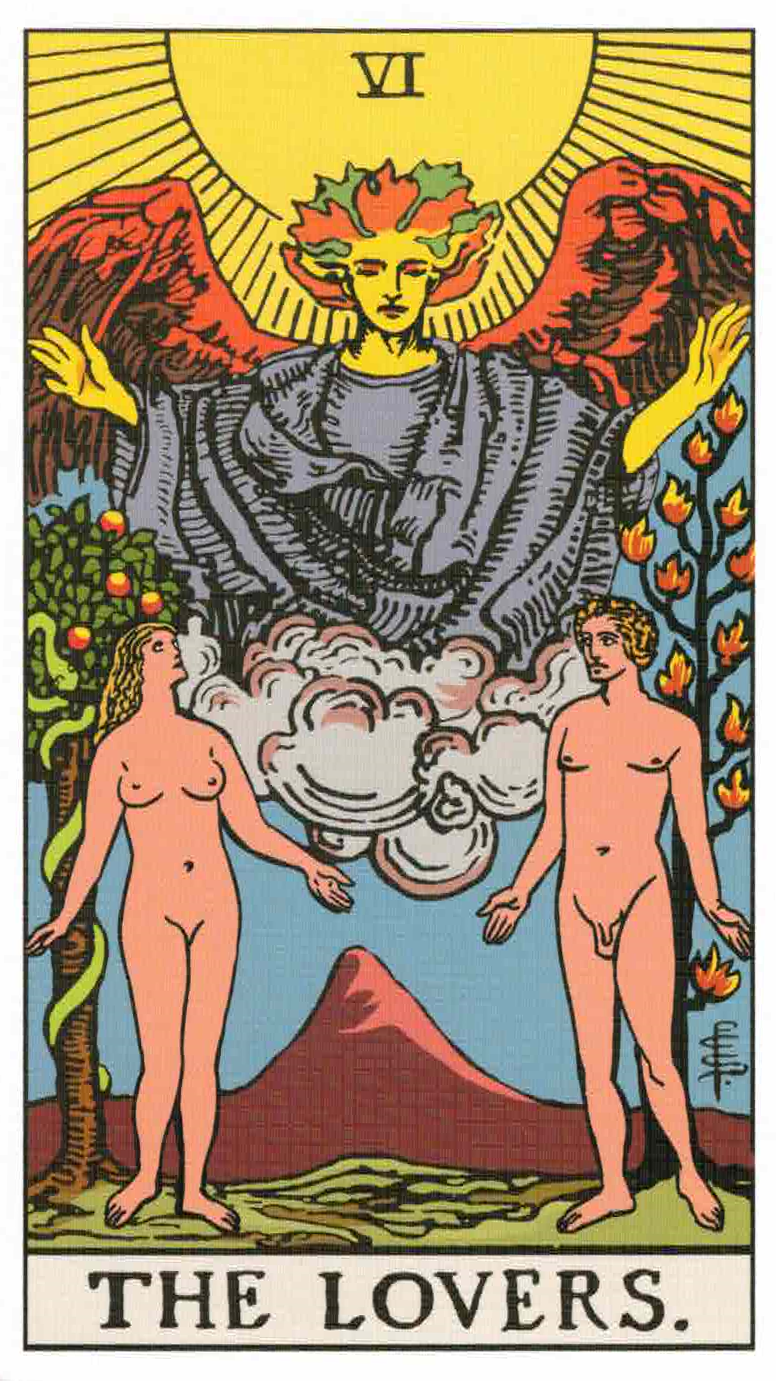About Tarot
Contents: A Brief History | About the Decks
A Brief History
The history of Tarot cards begins in 15th-century Europe, where decks were used to play card games such as Tarocchini, Grosstarok, and Königrufen. These early decks were not entirely standardized as modern decks are today, and could contain between 52 and 78 cards of varying suits, each handpainted by an artist. As entertainment items, they were popular with people of the upper class; the oldest surviving Tarot deck was commissioned by Filippo Maria Visconti, the Duke of Milan, and is composed of 74 cards. Due to the intense labor required to produce a Tarot deck prior to the widespread distribution of the printing press, few early decks remain, but even these rare samples reflect the key features of modern Tarot. For example, surviving decks from the late 15th century are composed of “trump” cards such as Death, the Chariot, and the Magician, as well as five suits including Cups, Batons, and Swords. In the 21st century, the trump cards would be referred to as the Major Arcana, and Cups, Wands, and Swords are all suits in a standard 78-card Tarot deck.
Of course, Tarot decks are rarely used today as ordinary playing cards. While they stuck close to their roots for nearly four centuries, occultists in the late 18th century began using Tarot cards for cartomancy–that is, fortune-telling using cards as a medium. It is unclear why Tarot, specifically, became such a popular tool for divination, but some historians attribute this to the allegorical nature of many Tarot card illustrations; for example, the Lovers are often depicted as Adam and Eve during their fall from grace, appealing to a sense of spiritual mystique.
As occultism fell out of fashion, so too did the popularity of Tarot, until the rise of spiritualism at the end of the 19th century. Once again, interest in Tarot boomed in America and western Europe. With the rise of the mass production of goods, it was much easier to distribute them, leading to the standardization of a 78-card deck with 22 Major Arcana and four 14-card suits. Today, there is still interest in Tarot as a way of divining the future, though it is also popular with artists and collectors simply for its aesthetic value.
About the Decks
This collection contains 6 Major Arcana from four different Tarot decks, both modern and antique facsimiles.
Tarot de Marseilles
Tarot de Marseilles is one of the oldest forms of Tarot, dating back to late 15th-century Italy. It became especially popular in France in the 1850s, leading to its francophone name despite its Italian origins. This deck of the Tarot de Marseilles was first published by Baptiste-Paul Grimaud in 1930, but was discontinued shortly afterwards due to the beginning of the second World War. The cards featured in this collection are from a facsimile reprint of Grimaud’s original cards.
The Original Tarot
The Original Tarot is a standard deck illustrated by Pamela Coleman Smith in 1910. A famous artist and spiritualist at the turn of the century, Smith was commissioned to create the deck by a fellow member of the Hermetic Order of the Golden Dawn, A.E. Waite. These cards were popular among spiritualists at the time, and many decks from the early 20th century still survive today. The cards featured in this collection are from a facsimile reprint of Smith’s original cards.
Tarot of the Divine
Yoshi Yoshitani’s Tarot of the Divine is a modern, multicultural reimagining of the allegorical symbolism depicted in Tarot decks. Yoshitani’s cards each feature figures from folklore, mythology, and fairytales. This deck was originally published in 2020.
The Phantomwise Tarot
Erin Morgenstern’s Phantomwise Tarot is a hand-painted deck inspired by Lewis Carroll’s Alice in Wonderland and Morgenstern’s love of steampunk. This deck is entirely black-and-white, and was originally printed in 2022.
